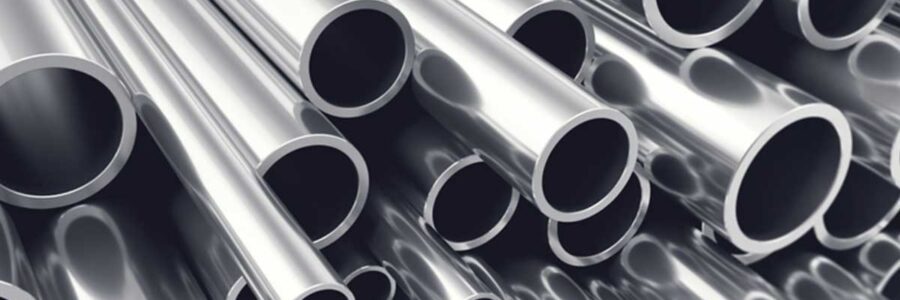Aluminum, a soft, silvery-white metal, is intricately woven into the fabric of our modern lives, contributing to our Aluminum Awareness. From cookware to aerospace tech, its diverse applications are undeniable. However, as its use has expanded, so have concerns about its potential health implications.
Most people might not realize this, but daily aluminum consumption is more than just from industrial sources. It’s also found in food additives, cosmetics, and even some medications, leading to an average intake of about 7-9 milligrams per day for U.S. adults.1 More concerning is the emerging evidence suggesting links between aluminum exposure and health issues like Alzheimer’s, Autism, and ADHD.234
Let’s delve deeper into aluminum’s omnipresence, associated health risks, and detoxification methods.
Where Do We Encounter Aluminum?
- Cooking and Meals: Aluminum is a favorite for pots and pans due to its excellent thermal properties. It’s also a primary material for food foils and various food packaging, increasing our dietary exposure.1
- Personal Care: Aluminum compounds feature in certain cosmetics and are integral to many antiperspirants.
- Medications: Some antacids have aluminum, as do certain pharmaceutical buffering agents.1
- Environmental Exposure: From water purification processes to industrial emissions, aluminum enters our water and air.1
- Processed Foods: Aluminum compounds act as agents in items like baking powders and certain processed foods.1
Aluminum’s Health Impact
While aluminum’s conveniences are vast, its potential health repercussions warrant scrutiny:
- Alzheimer’s Disease: Some research indicates a correlation between aluminum accumulation in the brain and Alzheimer’s.2
- Autism and ADHD: Preliminary studies have pointed toward a potential association between aluminum exposure and developmental disorders.34
- Other Concerns: Beyond the above, continuous aluminum exposure might be linked to other health issues like speech delay and neurological disorders.5
Detoxifying Aluminum: A Route to Wellness
Chronic exposure might cause aluminum to accumulate in tissues such as the bones, liver, and brain.6 Given this potential build-up, understanding detoxification becomes vital.
Detox Approaches:
- Saunas: Regular sessions can aid in removing toxins, including metals like aluminum.7
- Chelation Therapy: This medically supervised treatment can help eliminate heavy metals from the body.8
- Diet and Lifestyle Adjustments: Proper hydration, nutrient-rich foods, and regular exercise bolster the body’s natural detox mechanisms.9
However, it’s pivotal to undertake detox processes under professional guidance. Incorrect or aggressive detox methods can have adverse effects.10
In Conclusion
Awareness is the first step. Recognizing aluminum’s pervasive presence and understanding its potential health implications are crucial. But with the right detox strategies, guided by research and health experts, one can navigate these challenges and work towards a healthier lifestyle.
References:
- “Aluminum.” Centers for Disease Control and Prevention, 12 Mar. 2015, wwwn.cdc.gov/TSP/PHS/PHS.aspx?phsid=1076&toxid=34.
- Tomljenovic, Lucija. “Aluminum and Alzheimer’s disease: after a century of controversy, is there a plausible link?.” Journal of Alzheimer’s disease: JAD vol. 23,4 (2011): 567-98. doi:10.3233/JAD-2010-101494
- Mold, Matthew et al. “Aluminium in brain tissue in autism.” Journal of trace elements in medicine and biology: organ of the Society for Minerals and Trace Elements (GMS) vol. 46 (2018): 76-82. doi:10.1016/j.jtemb.2017.11.012
- Lee, Min-Jing et al. “Heavy Metals’ Effect on Susceptibility to Attention-Deficit/Hyperactivity Disorder: Implication of Lead, Cadmium, and Antimony.” International journal of environmental research and public health vol. 15,6 1221. 10 Jun. 2018, doi:10.3390/ijerph15061221
- Klotz, Katrin et al. “The Health Effects of Aluminum Exposure.” Deutsches Arzteblatt international vol. 114,39 (2017): 653-659. doi:10.3238/arztebl.2017.0653
- Rahimzadeh, Mehrdad Rafati et al. “Aluminum Poisoning with Emphasis on Its Mechanism and Treatment of Intoxication.” Emergency medicine international vol. 2022 1480553. 11 Jan. 2022, doi:10.1155/2022/1480553
- Hussain, Joy, and Marc Cohen. “Clinical Effects of Regular Dry Sauna Bathing: A Systematic Review.” Evidence-based complementary and alternative medicine : eCAM vol. 2018 1857413. 24 Apr. 2018, doi:10.1155/2018/1857413
- Sears, Margaret E. “Chelation: harnessing and enhancing heavy metal detoxification–a review.” TheScientificWorldJournal vol. 2013 219840. 18 Apr. 2013, doi:10.1155/2013/219840
- Hodges, Romilly E, and Deanna M Minich. “Modulation of Metabolic Detoxification Pathways Using Foods and Food-Derived Components: A Scientific Review with Clinical Application.” Journal of nutrition and metabolism vol. 2015 (2015): 760689. doi:10.1155/2015/760689
- Pixaura. “What Is a Herxheimer Reaction? What Can I Do about It?” Holtorf Medical Group, 26 May 2023, holtorfmed.com/articles/what-is-a-herxheimer-reaction-and-what-can-i-do-about-it/.


